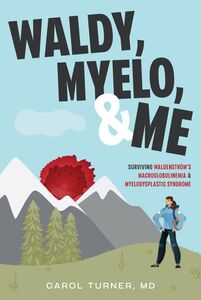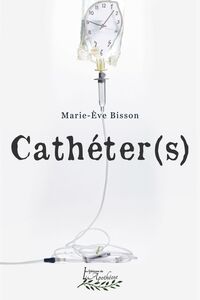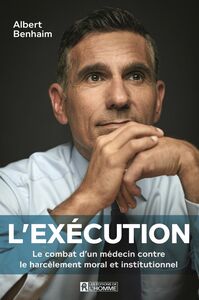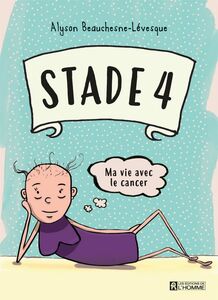
Waldy, Myelo, & Me
Surviving Waldenstrom's Macroglobulinemia & Myelodysplastic Syndrome
Carol Turner
At fifty-seven, Dr. Carol Turner was in peak health and avidly participating in the full gamut of outdoor spots that Colorado has to offer. Then, heading out to watch her sons compete in the state’s annual mountain bike championship, she pulled into a gas station, received a call from her doctor, and learned that she had cancer. She instantly knew that what was to come would have personal and universal significance, and started taking notes immediately, from the passenger seat of the car. Those notes turned into this book—a candid, unvarnished chronicle of her cancer journey, from diagnosis to recovery.
The path oscillates between denial and acceptance, hope and despair, expectation and reality, and endless appointments bookended by interminable waits. There’s a one-night descent into madness followed by a one-month descent into hell, and in the middle of it, a moment of pristine clarity in which time almost seems to stop. While there’s plenty of fear and pain here, both are trumped by the positivity, gratitude, and humor that made her recovery possible.
First we’ll meet Waldy, Dr. Turner’s pet name for Waldenstrom’s Macroglobulinemia. Then, just as it seems like the shock is clearing, his pal, Myelo—Myelodysplastic Syndrome—enters the scene. We also meet enough doctors and varied care providers to fill a small bus: Dr. Blood Expert, Dr. Know It All, Ms. Smooth-as-Silk Social Worker, Dr. Second Cancer, Dr. Gatekeeper, Dr. Good Ideas, Dr. Italian, Dr. Believer, and more. Some work miracles, while one caused our protagonist to storm out of their offices in disgust.
In turn, much of this book is about self-advocacy. As a doctor herself, Dr. Turner is less intimidated than most of going toe-to-toe with care providers and taking her care into her own hands. Though she’s a doctor, and her words are medically accurate, her writing, and the lessons it conveys, are squarely intended for regular people.
Anyone newly facing cancer will take to the internet, where they proceed through a variety of cancer sites, from cancer clinics, snake oil salespeople, the testimonies of those who survived and those who didn’t—all told, an experience that tends to give rise to fear, confusion, and overwhelm. Meanwhile, there’s the portrayal of cancer seen on TV, which bears no resemblance to Dr. Turner’s experience. This book is meant to provide a counterweight to all of the above. In the end, this book isn’t just for those facing cancer themselves. It’s for the people who love them, and the people who have dedicated their lives to caring for them—some of this book’s biggest fans are oncology care providers.
This is the story of what Dr. Turner went through, what her family went through, what she spared them from, as well as a cast of all-too-human caregivers who shepherded her along the way. In the process, she learns the measure of crucial differences. Between IgM and ANC, between hope that’s grounded in wishful thinking versus hope that’s grounded in science, and between being cured and being a survivor.
Book details
-
Publisher
-
Original text
Yes -
Language
English -
Publication date
-
Page count
170 -
Theme
About the author
Carol Turner
CAROL TURNER is a mom, wife, physician, outdoor recreation enthusiast, and cancer patient—in that order. She completed her undergraduate education at the University of Texas in Austin, her medical degree at Baylor College of Medicine in Houston, her pediatrics residency at the University of Colorado Affiliated Hospitals in Denver, and her fellowship in pediatric emergency medicine at Harvard Medical School and Boston Children’s Hospital. She went on to practice pediatric emergency medicine at Children’s Hospital in Denver for ten years before opening her own solo rural primary care pediatric practice in the foothills southwest of Denver. Today she lives in Conifer, Colorado with three sons, two dogs, one cat, and one husband. She hopes to find another patient in the world with her singularly rare diagnostic combination—currently, she’s the lone data point—and that this book is helpful to those who read it.






